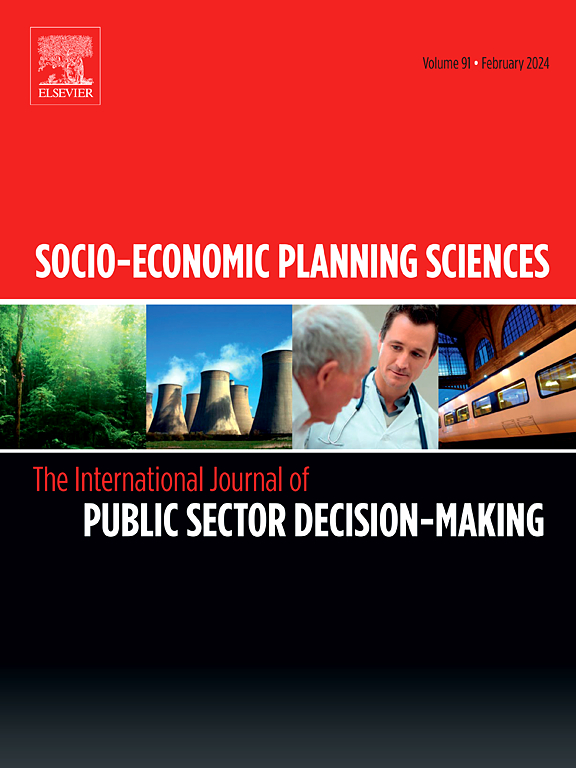Easy come, easy go: Short-term land-use dynamics vis à vis regional economic downturns
Abstract
The present study postulates distinctive land-use dynamics along the economic cycle, and tests against diverging trends over time of urban and non-urban land-uses with characteristic economic potential. Short-term land-use changes over seven time windows encompassing the last three decades (1992–2020) were investigated in metropolitan Athens (Greece), a mono-centric region experiencing complex economic downturns. Based on diachronic land-use maps with homogeneous spatial resolution and nomenclature derived from ESA Climate Change Initiative (ESA-CCI), a change detection analysis was run considering mean patch size, distance from downtown, and specific entropy-based metrics of landscape diversification (Shannon-Wiener H’ diversity index and Pielou J evenness index). Results of a canonical correlation analysis document differential intensity and spatial direction of change during expansions and recessions associated with distinctive socio-demographic profiles. Metropolitan growth followed a radio-centric (land-saving) model during economic expansions with intense urbanization of fringe land. A more dispersed settlement model – reflecting urban sprawl – was associated with economic stagnations, involving land at progressively distant locations from downtown. Landscape diversification was higher under stagnations and lower during expansions.

 求助内容:
求助内容: 应助结果提醒方式:
应助结果提醒方式:


